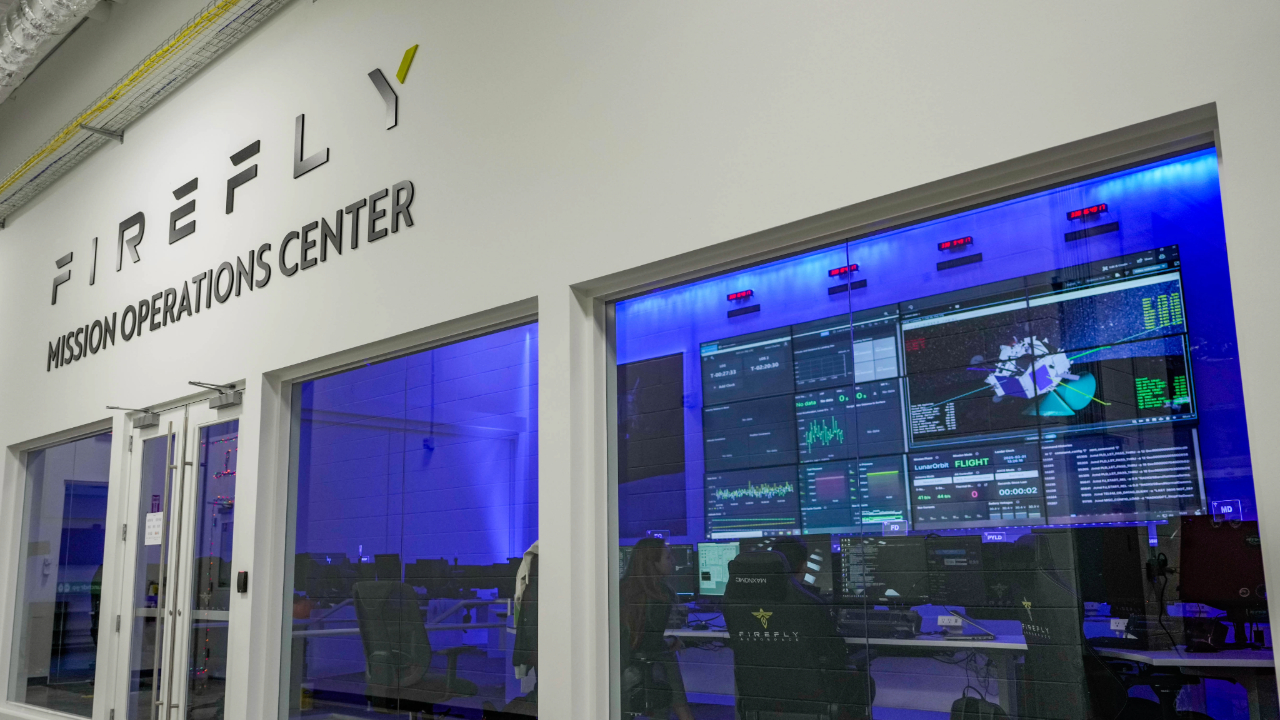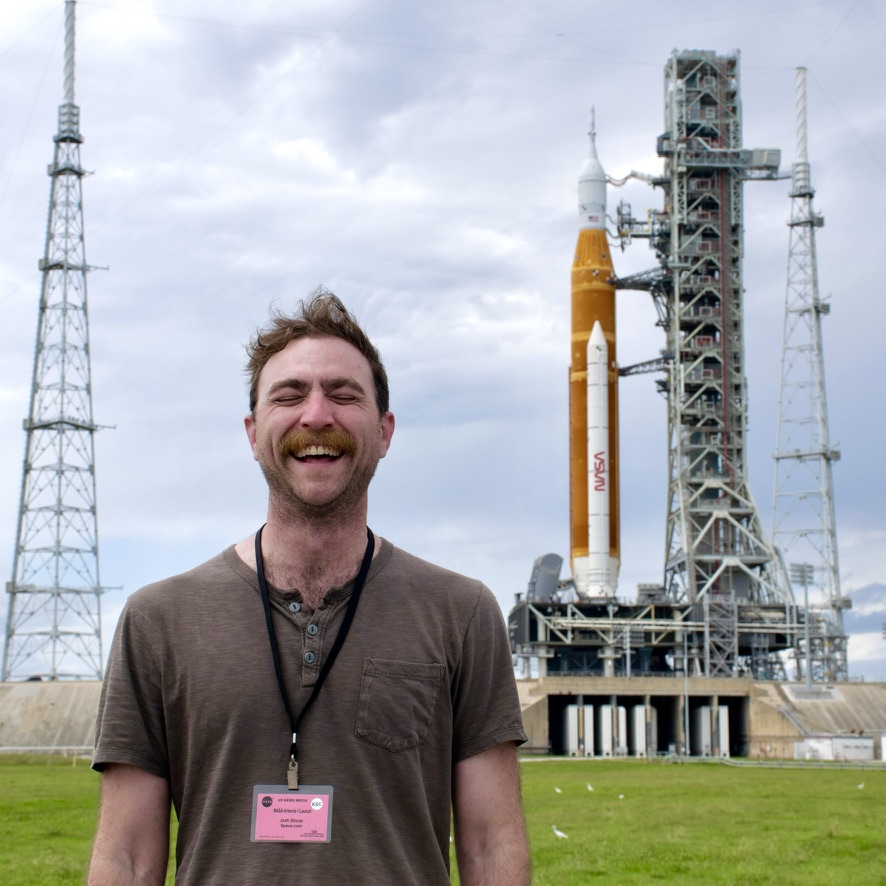NASA awards Firefly Aerospace $177 million for 1st multi-rover mission to moon's south pole
Many rovers and more will be headed to the moon.

NASA has awarded Firefly Aerospace a $176.7 million contract to deliver a pair of rovers and three scientific instruments to the moon's south pole.
Targeted for landing in 2029, the mission will be the first under NASA's Commercial Lunar Payload Services (CLPS) initiative to carry multiple rovers and instruments to study the lunar south pole region. They will explore some of the moon's harshest environments for the presence of usable resources to support future lunar excursions, including crewed efforts.
The newly announced award marks Firefly's fifth CLPS task order and its fourth planned lunar mission. CLPS is NASA's program for purchasing robotic delivery services to the surface of the moon from commercial U.S. companies to enable more frequent, lower-cost access to the lunar surface.
CLPS is an integral part of NASA's Artemis program to establish a sustainable human presence on the moon, allowing the space agency to extensively study the environment that future astronauts will be exploring.
“Through CLPS, NASA is embracing a new era of lunar exploration, with commercial companies leading the way,” Joel Kearns, deputy associate administrator for exploration in NASA's Science Mission Directorate, said in a statement.
Firefly's selection for this new CLPS task order contracts the company to provide complete service to the lunar surface "with a period of performance from [July 29, 2025] to March 29, 2030," the statement says.
Firefly successfully completed its first lunar landing and CLPS mission in March of this year , delivering 10 NASA payloads to the moon's near side. The Texas-based company's second mission is scheduled for 2026, and will attempt a far side landing after deploying a lunar orbiter. Another mission, scheduled for 2028, will study the volcanic terrain of the moon's Gruithuisen Domes region.
Breaking space news, the latest updates on rocket launches, skywatching events and more!
This newly assigned task order includes contributions from the Canadian Space Agency (CSA) and the University of Bern in Switzerland. The mission's science package combines mobile exploration, advanced imaging and regolith analysis to study the south pole's geology and environmental resources. Here's a brief rundown of what will fly on the mission:
- MoonRanger — An autonomous microrover from NASA’s Ames Research Center, Carnegie Mellon University and the Pittsburgh company Astrobotic, equipped with a Neutron Spectrometer System for mapping hydrogen-bearing volatiles and characterizing regolith .
- Stereo Plume Cameras — An advanced imaging system to observe how rocket exhaust interacts with the lunar surface during descent; developed by NASA’s Langley Research Center in Virginia.
- Laser Retroreflector Array — Passive optically reflective markers to enable precision laser range measurements from orbit, from NASA’s Goddard Space Flight Center in Maryland.
- CSA rover – Capable of exploring permanently shadowed craters, measuring radiation, and searching for water ice; equipped with multiple imagers and spectrometers.
- Laser Ionization Mass Spectrometer – Analyzes regolith chemistry using a Firefly-built robotic arm and excavation system robotic arm excavation system (University of Bern).
The moon's south pole is home to permanently shadowed regions that are believed to contain large quantities of water ice — a critical resource that can be utilized for a wide range of applications from drinking water to rocket fuel. NASA hopes to use data gathered by the rovers and instruments to guide the best Artemis landing sites for future missions.
The mission will also study environmental hazards like radiation and surface erosion. In the NASA statement, Johnson Space Center CLPS manager Adam Schlesinger said, “As NASA sends both humans and robots to further explore the moon, CLPS deliveries to the lunar south pole region will provide a better understanding of the exploration environment, accelerating progress toward establishing a long-term human presence on the moon, as well as eventual human missions to Mars.”

Josh Dinner is the Staff Writer for Spaceflight at Space.com. He is a writer and photographer with a passion for science and space exploration, and has been working the space beat since 2016. Josh has covered the evolution of NASA's commercial spaceflight partnerships and crewed missions from the Space Coast, as well as NASA science missions and more. He also enjoys building 1:144-scale model rockets and human-flown spacecraft. Find some of Josh's launch photography on Instagram and his website, and follow him on X, where he mostly posts in haiku.
You must confirm your public display name before commenting
Please logout and then login again, you will then be prompted to enter your display name.
